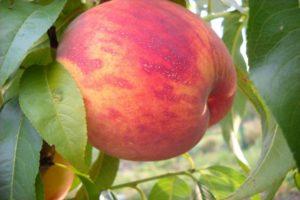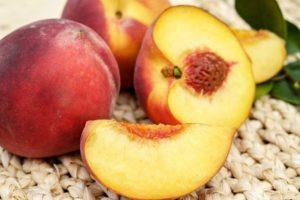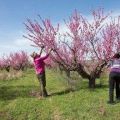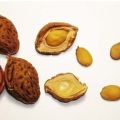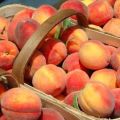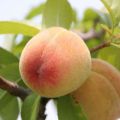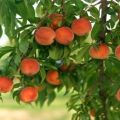How to care for peaches in summer, autumn and spring during ripening and fruiting
Caring for different varieties of peach is practically no different from caring for other types of stone fruit crops. In most latitudes of Russia, it is impossible to grow a culture, because such trees are classified as southern plants. But in regions with a warm climate, you can achieve a good harvest if you organize the care of the crop in advance.
Content
- 1 Peach care features
- 2 The nuances of courtship in different regions
- 3 What soil is needed for the normal development of a tree
- 4 How to feed a peach
- 5 When and how to make peach dressing
- 6 Digging of trunk circles
- 7 Transfer
- 8 Soil mulching
- 9 Prevention of diseases and insects
- 10 How to protect a fruit tree from sunburn
- 11 How to properly cover a tree to frost
- 12 Protecting the tree from rodents in winter
- 13 Common mistakes gardeners make
Peach care features
Peaches are not the most demanding fruit crops. But this does not mean that you need to forget about the minimum steps to take care of the tree. The easiest way to grow peach trees is in Crimea, where there is enough sunlight, fertile land and high air temperatures for culture almost all year round.
The same cannot be said about the central regions. Growing peaches in this part will take some work to get a decent harvest.
The beginning of plant care begins in April, when the outside temperature is above zero, and the ground is completely warmed up.
In the fall, they begin to prepare the tree for the cold weather. This point especially applies to the central regions, where winters are frosty. Autumn work is aimed at increasing the frost resistance of the tree.
The nuances of courtship in different regions
In the southern regions, it is enough to apply fertilizers and water on time. In latitudes with cold winters, you need to think about sheltering the plant. It is necessary to cover peach trees for the winter, regardless of the variety. Even if it is indicated that the variety belongs to winter hardy, shelter for the winter of the plant will not be superfluous.

What soil is needed for the normal development of a tree
Peach trees thrive on all types of soil as long as they are well drained. The most favorable are moderate loamy soils. Sandy or gravelly loamy soils are also suitable for cultivation.It is not recommended to plant plants near groundwater or in places where water will stagnate in spring after melting snow. The culture does not tolerate waterlogged soils.
Watering mode by seasons
Watering trees often is not recommended. Irrigation of the plant is carried out depending on the period of fruit ripening. For example, late hybrids are watered up to 6 times a season. For early adopters, 2-3 moisture per season is sufficient.In this case, one tree takes 20-30 liters of water.

The first watering is carried out in early June. And if the winter was little snow, peaches are irrigated starting in May. The second watering takes place in July, when the tree begins to bloom. The peach trees are then moistened in August. And the last time the soil is irrigated before the onset of cold weather, in September. In order for the fruits to be larger, it is necessary to water the plants 20-30 days before harvesting.
Only warm water is used for the procedure. The most favorable time is early morning or evening, after sunset.
How to feed a peach
There are two types of dressings - root and foliar. Root is characterized by the fact that fertilizers are applied directly under the root. Foliar is the spraying of the leaves and the tree itself with nutrients. Both old trees and young trees need feeding.
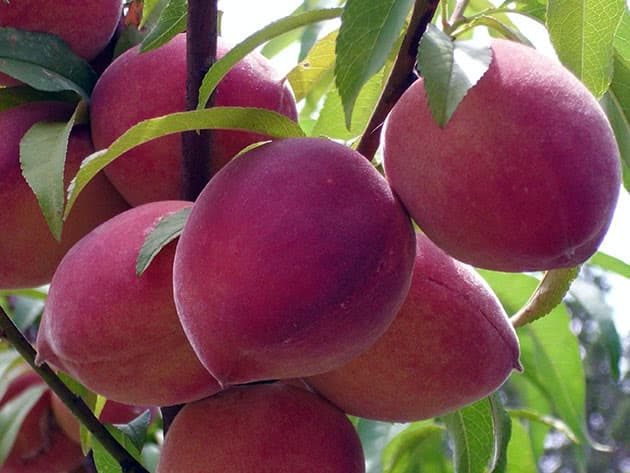
Mineral fertilizers
In the spring, when bud growth begins, nitrogen is added to the soil. For example, ammonium nitrate (60-75 g), and about 50 g of urea is enough. Nitrogen should be re-introduced after 1.5 months. Nitrogen fertilizers are added only in a soluble form.
During the introduction of the formulations, it is important to ensure that they do not fall on the leaves.
Closer to summer, potassium and phosphorus are added to the soil in the amount of 55-75 g. Basically, potash fertilizers are added in May, at least in June. In summer, peaches are fertilized with phosphorus. Phosphorus is introduced until autumn. In the fall, you will need 40-50 g of phosphorus-containing fertilizers, for example, superphosphate.
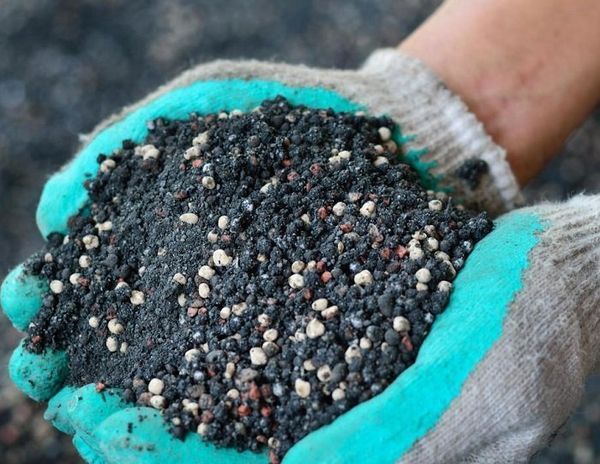
Complex fertilizers are very effective for the growth of peach trees. But it's important to remember not to overfeed your plants. An excess of nutrients in the soil contributes to the growth of deciduous mass, while this negatively affects the yield.
Organic fertilizers
Organic fertilizers include:
- manure;
- bird droppings;
- compost;
- wood ash;
- bone flour;
- rotted weeds.
In the spring, when digging up the soil, the top layer is replaced with rotted compost. For young trees, fresh manure is rarely used, since too concentrated fertilizer can burn the rhizome.
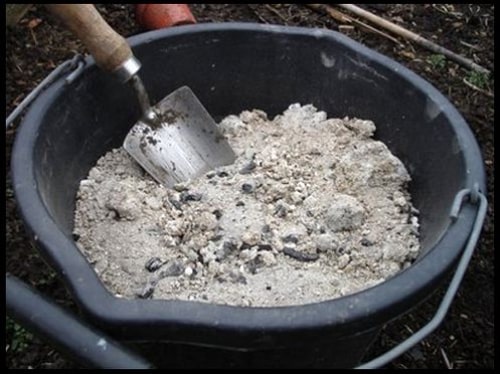
Less concentrated manure is prepared for young trees. To do this, 1 bucket is poured with 2 buckets of water and left to ferment for 5-7 days. Then the plants are watered. Also, wood ash is used as fertilizer. It is mixed with water or simply sprinkled on the soil before watering. Ash enriches the soil with calcium. The main thing is not to combine nitrogen and ash, because of this combination, ammonia is washed out of the soil.
When and how to make peach dressing
You need to fertilize plants depending on the season. Peach trees require different nutrients in different seasons. Formulations start in April and finish in September-October.
In the spring
Spraying or applying mineral or organic substances in the spring should be about 4 times. Spring is the most important period for fruit trees when the foundation for yields is laid.

Fertilization terms:
- Before the kidneys swell, nutrients are needed to prevent fungal diseases and harmful insects. Such feeding helps to activate the growth of leaves and buds.
- Then the nutrients are added during the budding period. This helps prevent leaf curl, scab and kidney pests.
- The last time the soil is fertilized is during and after flowering. These dressings help increase bud formation and yield.
Spring feeding is aimed at accelerating the growth of peach trees. Root fertilizers are mainly used during this period. First of all, these are nitrogen and organic matter.
Summer
During the summer ripening period, peaches require a large amount of potassium and phosphorus. The plant does not need nitrogen during this period. The fruiting of plants depends on the amount of fertilizer applied.
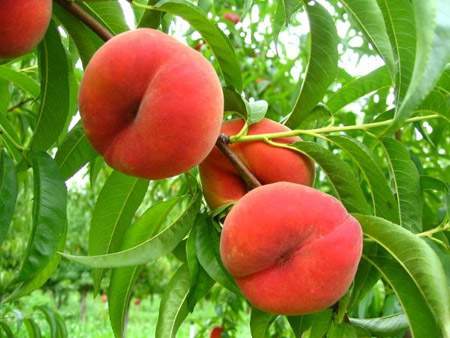
Summer top dressing increases yields and helps plants survive summer droughts and prevent pests and diseases. If fertilized correctly, the peaches will ripen faster and will be much sweeter and larger. In August, summer feeding ends. Then comes the preparation of the peach for winter.
In autumn
In the fall, top dressing is applied after harvesting. Fall dressing increases the immunity of peaches and helps to survive frosty winters. Peaches are especially in need of them when grown in the central regions. In addition, in spring the soil will already be fertile, and the plants will quickly enter the growth phase.

Autumn dressing is applied after removing the peach fruits. During this period, the soil around the plant is dug up and manure or bird droppings are added. Organic components are most suitable for fertilization.
Digging of trunk circles
It is necessary to dig up the soil near the trunk circles for a number of reasons:
- In the fall, this measure acts as the prevention of the appearance of harmful insects in the spring. Most pests prefer to winter in the soil around the plants, and in the spring to infect nearby growing crops.
- Regular digging of the soil contributes to the saturation of the soil with oxygen.
In addition, the earth needs to be dug up to get rid of weeds. Sometimes it is not enough just to pull them out. The root system remains in the soil, and after a while they appear with renewed vigor.
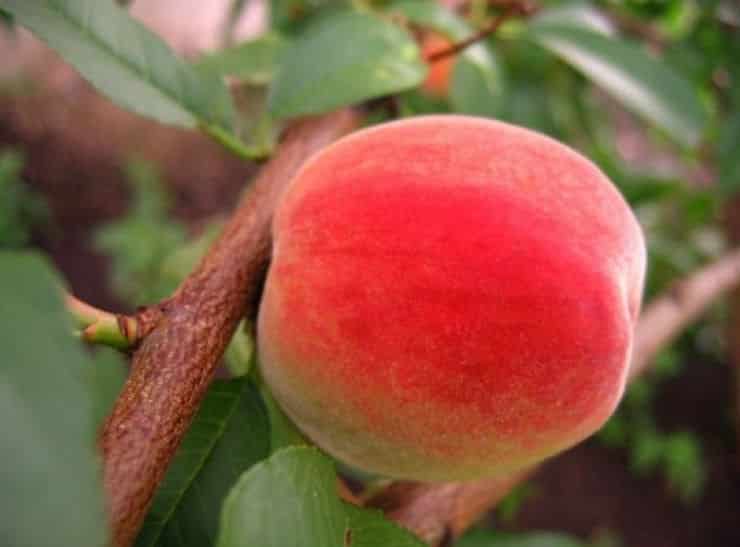
It should be remembered that the peach rhizome grows in proportion to the crown of the tree.
Transfer
When transplanting young peach seedlings, questions, as a rule, do not arise. After all, young trees have not yet rooted in a new place and are easier to transfer. And what if you need to move a mature tree. But replanting an adult plant is much harder. First of all, the procedure is carried out only in the autumn. The soil around the peach is dug 1-1.5 m wide and 80 cm-1 m deep. This will allow replanting the tree with minimal damage to the rhizome.
Peaches are transplanted until the age of 5-7 years. If the tree is older, you don't even have to try. In a new place, a hole is dug a little more than a clod of earth from the old place. Next, the peach is planted using the same technology as seedlings. Then poured abundantly with warm water.
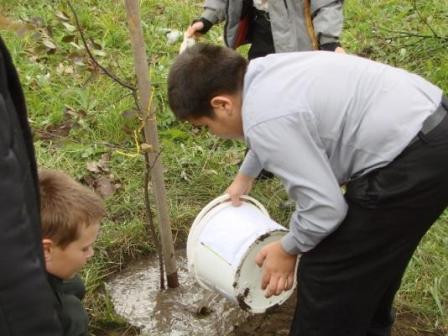
Soil mulching
Soil mulching is necessary in those regions where winters are too harsh for a peach. Mulch not only retains nutrients in the soil, but also prevents the root system from freezing in winter. The soil is dug in the fall to a depth of 15 cm. Then mulch is added. Peat, manure, sawdust or straw are used as this. The layer thickness should not be less than 15 cm.
Prevention of diseases and insects
Pest and disease control starts with prevention. Peaches suffer from a large number of diseases, especially if they grow in an unfavorable climate for culture. You can treat a tree from pests at any time of the year.
Leaf curl is the most common peach problem. Typical signs are blackening and drying of leaves. They gradually fall off. If there are signs of curliness, the affected shoots are cut off and burned. The plant itself is treated with Bordeaux liquid or Abiga-Peak. Spraying is carried out four times at intervals of 2 weeks.

Another cultural disease is moniliosis. If there are signs of moniliosis, the affected shoots are cut out and destroyed. Peach is treated with fungicides. For example, "Kuproksat" or "Tsineb". Powdery mildew is destroyed with colloidal sulfur. The first time the plant is sprayed during bud formation and the second time after flowering (after about 2 weeks).
Of the insects on peach trees, aphids are often found. To combat it, use an infusion of garlic, dandelion or soapy water.Among the chemicals used are:
- "Decis";
- copper sulfate;
- Dursabon;
- "Confidor".
Weevils often appear on plants. Copper sulfate or insecticides will help. After flowering trees are treated with "Decis" or "Fitoverm". In autumn, tree trunks dig up and destroy fallen leaves.
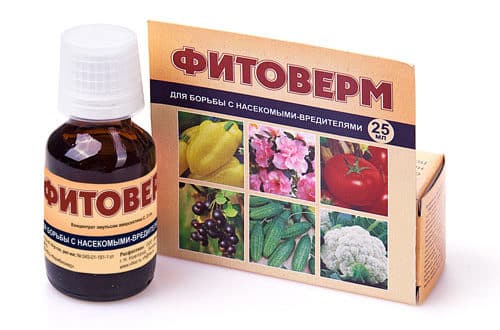
How to protect a fruit tree from sunburn
Is it possible to protect peach trees from sunburn, because crops grow best in the south, where solar activity is high. The most dangerous time for leaves is early spring. During the day, the cells of the cortex come to life, and at night, when the temperature drops below zero, they cannot withstand temperature changes and die.
To prevent this, half of the trunk is whitewashed with ordinary lime. Peaches are whitened several times in autumn. Often autumn rains wash away the whitewash from the bark. Another method is to wrap with parchment paper or natural cloth. It is undesirable to use synthetic fabrics, after the snow melts, the bark in these places will rot.
How to properly cover a tree to frost
Preparing for winter is important when growing crops in regions with frosty winters. By winter, you will have to cover the rhizome, trunk, basal neck and root.
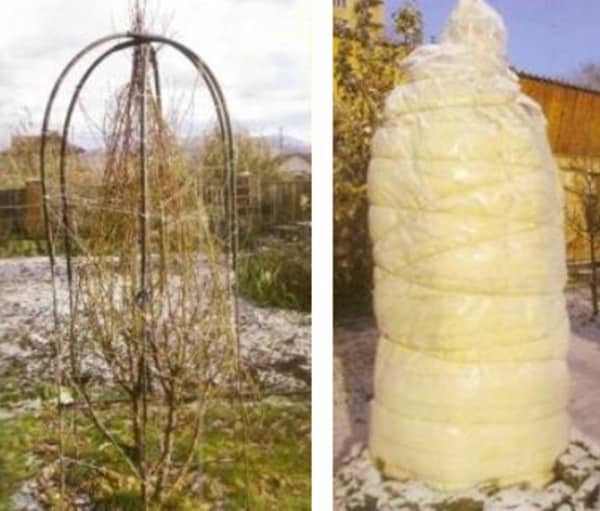
Preparing a peach for winter:
- Dig up the soil to a depth of 1 m and add mulch.
- To prevent diseases and insects, peaches are treated with Bordeaux liquid.
- The trunk is wrapped in several layers with burlap.
Supports are installed next to the tree to cover the crown with a cloth. For this, roofing material, wallpaper, agrofibre or thick paper are used. Polyethylene is not recommended. It promotes the formation of condensation and provokes the appearance of fungi.
Protecting the tree from rodents in winter
During the onset of winter, a new threat to the tree appears - these are rodents. Mice and other pests prefer to hibernate under the snow, and the crown of fruit trees suffers most from this.
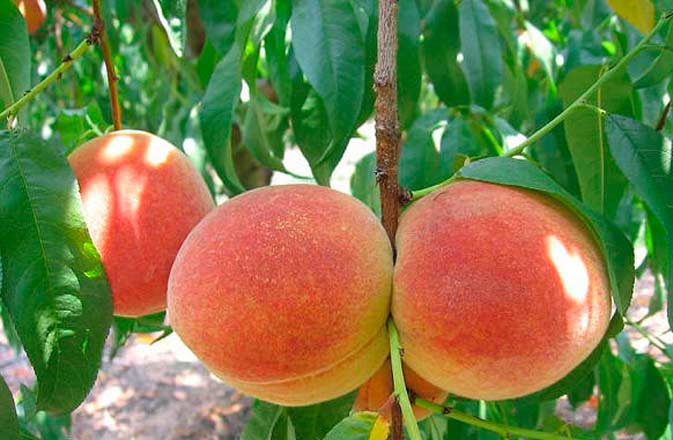
What to do to prevent mice from gnawing the root in winter:
- First of all, you can wrap the barrel with thick cloth and wire.
- Whitewash the bark to a height of about 100-150 cm.
- Mice do not tolerate the smell of copper sulfate, so the tree is sprayed with this substance.
- Treat the barrel with Bordeaux liquid. The smell of this product is also not tolerated by mice.
- Mix naphthalene and fish oil and coat the peach bark with this mixture.
- Wrap the lower part of the trunk with spruce branches (used to protect the seedlings).
It is also important to clear the area of old foliage before snow falls, which creates heat around the trunk and attracts rodents.
Common mistakes gardeners make
Mistakes when growing peach trees include:
- Attempts to plant a crop in unfavorable climatic conditions.
- Use a large amount of mineral fertilizers when planting a seedling.
- Do not prepare the pit in advance.
- Delay planting the peach seedling.
- Trying to plant a tree older than 2 years, the older the plant, the harder it will be for it to settle down in a new place.
In addition, the mistakes of growing peaches include ignoring fertilizing and watering. Many inexperienced gardeners believe that if a plant blooms and yields every year, it does not need nutrients. But the soil becomes poor over time, and this contributes to a decrease in yield.
